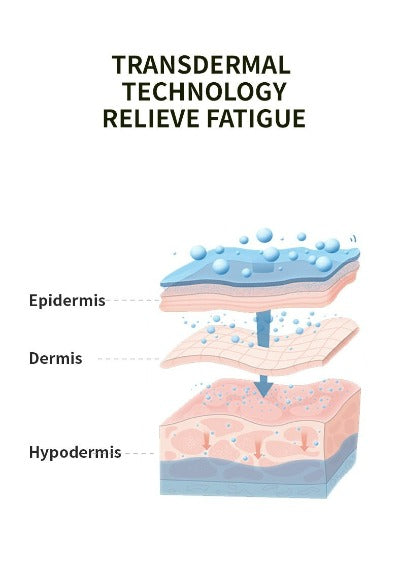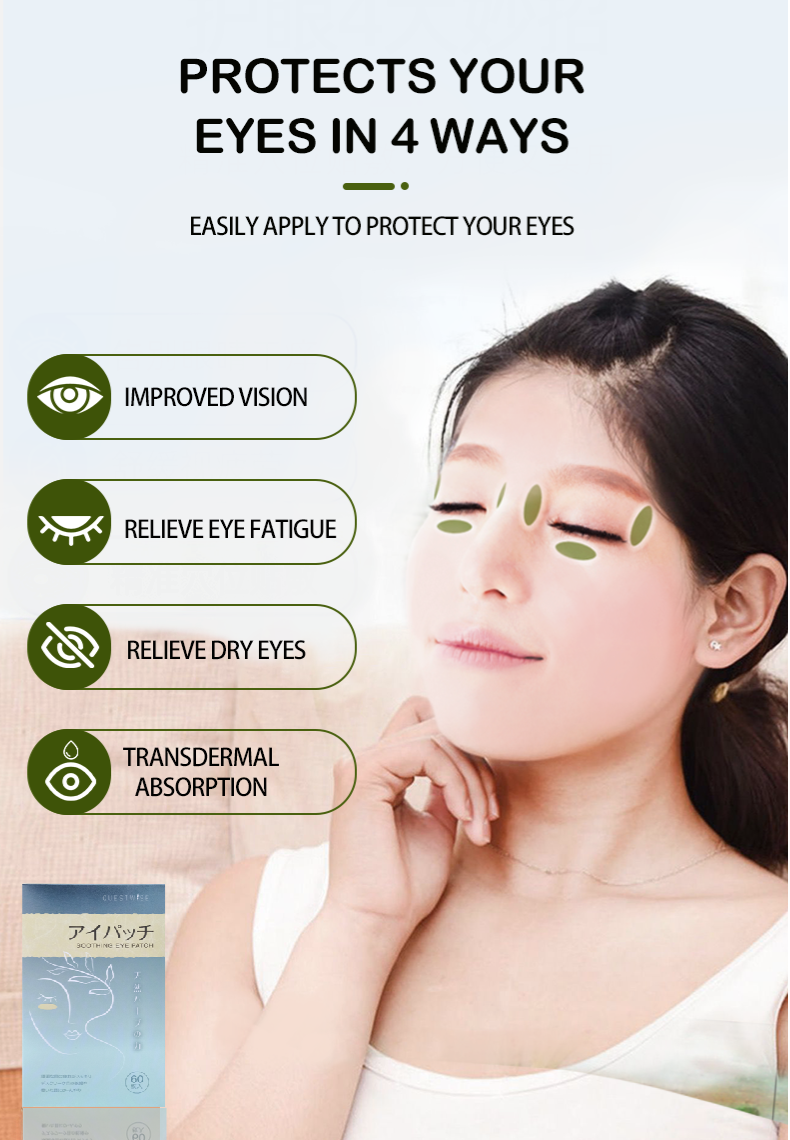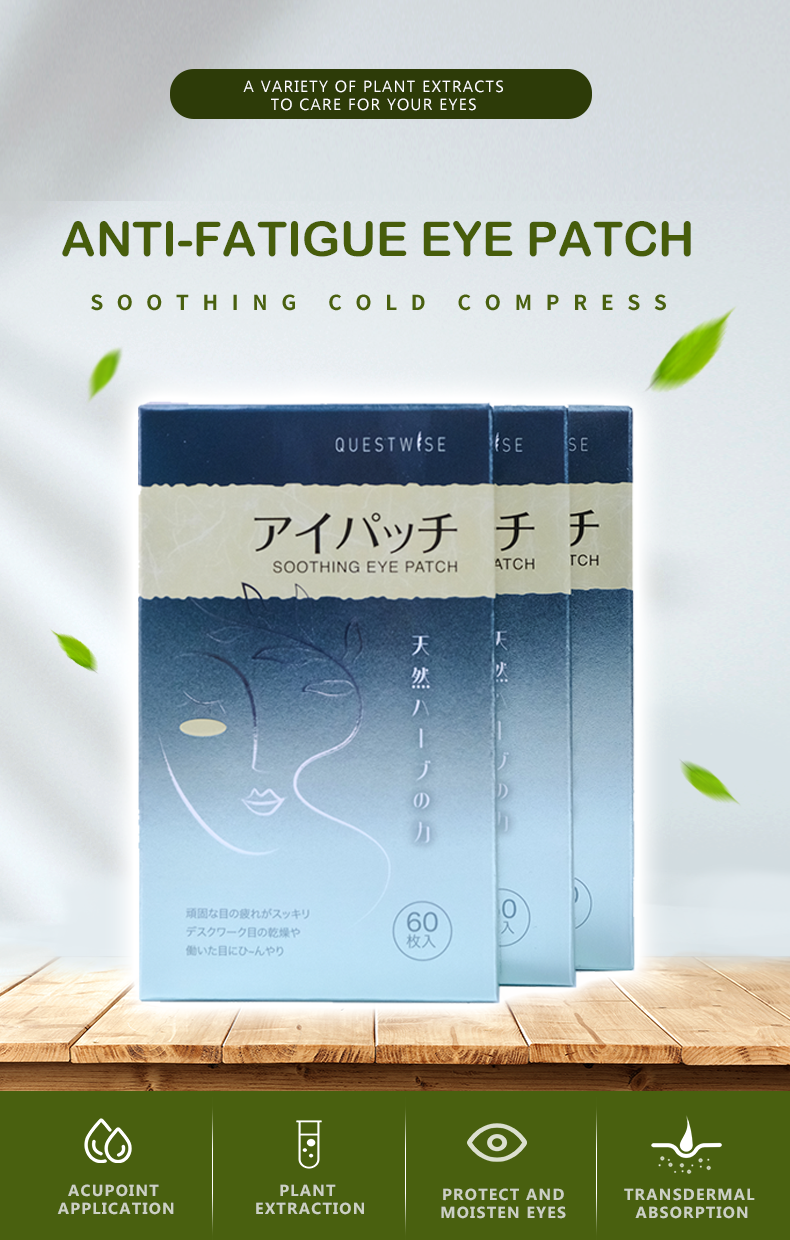Eye Fatigue: A Comprehensive Guide to Causes, Symptoms, and Effective Solutions in 2025
In 2025, the digital age continues its relentless march, demanding more from our eyes than ever before. Prolonged screen time, coupled with the intricate visual tasks of modern life, has led to a dramatic rise in eye fatigue, also known as eye strain. This pervasive condition affects millions, impacting productivity, comfort, and overall well-being. Understanding its root causes, recognizing its varied symptoms, and implementing effective strategies are crucial for maintaining optimal eye health and preventing long-term complications.
Understanding Eye Fatigue: More Than Just Tired Eyes
Eye fatigue is more than just a feeling of tired eyes. It's a complex condition characterized by discomfort, reduced visual performance, and often accompanied by other symptoms. It's crucial to differentiate between temporary eye strain after a long workday and persistent fatigue that could indicate underlying issues requiring professional attention. Unlike serious eye diseases that cause permanent damage, eye fatigue is usually temporary, but persistent fatigue shouldn't be ignored.
The Multifaceted Causes of Eye Fatigue in 2025
The causes of eye fatigue are multifaceted, influenced by our increasingly digital lifestyles and environmental factors. Here's a detailed breakdown:
- Prolonged Near-Work Activities: In 2025, the average individual spends a significant portion of their day engaging in near-work activities. This includes reading, writing, using computers, tablets, and smartphones. The sustained focus required for these activities puts considerable strain on the eye muscles, leading to fatigue and discomfort. This is especially true with emerging technologies like VR and AR headsets, which demand even more intense visual focus.
- Digital Eye Strain and Computer Vision Syndrome (CVS): The blue light emitted from digital screens is a significant contributor to eye fatigue. Prolonged exposure to blue light can disrupt the body's natural sleep-wake cycle, leading to eye strain and other issues. Computer Vision Syndrome (CVS) is a specific condition characterized by symptoms like blurry vision, dry eyes, headaches, and neck pain, all directly linked to extensive computer use. In 2025, with the increasing reliance on technology, CVS remains a major concern.
- Insufficient or Poor Quality Lighting: Inadequate lighting, whether too dim or too bright, forces the eyes to work harder to adjust, leading to rapid fatigue. Glare from screens or reflective surfaces further exacerbates the problem. Optimizing lighting conditions is crucial for eye comfort and health.
- Dry Eyes: Dry eye syndrome is a common condition characterized by reduced tear production or increased tear evaporation. This leads to eye dryness, irritation, and discomfort, significantly contributing to eye fatigue. The prevalence of dry eyes has been linked to increased screen time and environmental factors.
- Uncorrected Refractive Errors: Uncorrected refractive errors, such as nearsightedness (myopia), farsightedness (hyperopia), and astigmatism, require the eye muscles to work harder to focus. This extra effort leads to increased eye strain and fatigue. Regular eye examinations are vital for early detection and correction.
- Environmental Factors: Other environmental factors can also contribute to eye fatigue, including air quality, airborne allergens, and exposure to pollutants. These factors can irritate the eyes and contribute to dryness and discomfort.
- Underlying Medical Conditions: Certain medical conditions, such as diabetes, thyroid problems, autoimmune diseases, and neurological disorders, can affect eye health and increase susceptibility to eye fatigue. If eye fatigue is persistent, it's important to consult a doctor to rule out any underlying medical issues.
- Lack of Breaks and Poor Posture: Failing to take regular breaks during prolonged visual tasks is a recipe for eye fatigue. Our eyes need time to rest and refocus. Poor posture while working, especially hunching over a computer, further contributes to neck and back pain, exacerbating eye strain.
Recognizing the Telltale Signs of Eye Fatigue: When to Seek Help
The symptoms of eye fatigue are diverse and can range from mild discomfort to significant visual impairment. Recognizing these signs is crucial for timely intervention. Common symptoms include:
- Burning, Itching, or Scratchy Eyes: A common sensation indicating dryness or irritation.
- Aching or Heavy Feeling in the Eyes: A feeling of tiredness and strain in the eye muscles.
- Blurred Vision: Difficulty focusing or seeing clearly, often temporary but a significant sign of fatigue.
- Headaches: Frequent headaches, often located in the forehead or temples, are frequently associated with eye strain.
- Neck and Shoulder Pain: Poor posture while working contributes to neck and shoulder pain, compounding eye fatigue.
- Sensitivity to Light (Photophobia): Increased sensitivity to bright lights.
- Dry, Red, or Watery Eyes: These indicate irritation and dryness, common symptoms of eye fatigue.
- Difficulty Focusing or Maintaining Focus: Inability to concentrate on tasks requiring visual attention.
- Eye Twitching or Spasms: Involuntary muscle spasms in the eyelid.
When to seek professional help: While many cases of eye fatigue are manageable with simple solutions, persistent or worsening symptoms warrant a visit to an ophthalmologist or optometrist. Seek professional help if you experience:
- Sudden or significant changes in vision.
- Persistent or severe headaches accompanied by eye strain.
- Eye pain that doesn't subside with home remedies.
- Double vision (diplopia).
- Frequent eye infections.
- Noticeable swelling or redness in the eyes.
Effective Solutions for Combating Eye Fatigue in 2025
Managing and preventing eye fatigue requires a multi-pronged approach that addresses the underlying causes and incorporates lifestyle changes. Here are some highly effective solutions:
- The 20-20-20 Rule: Every 20 minutes, look at an object 20 feet away for 20 seconds. This simple technique helps relax the eye muscles and reduces strain.
- Blink Frequently: Consciously increasing your blink rate helps lubricate the eyes and prevents dryness.
- Adjust Lighting and Reduce Glare: Ensure adequate, well-distributed lighting. Reduce glare from screens using anti-glare filters or adjusting screen brightness.
- Regular Breaks: Incorporate short breaks throughout your workday to rest your eyes and stretch your body.
- Use Artificial Tears: Over-the-counter artificial tears can alleviate dryness and irritation. Consult an eye doctor for recommendations.
- Optimize Your Workspace Ergonomics: Proper posture, monitor placement, and lighting significantly reduce strain.
- Blue Light Filtering Glasses: These glasses reduce the harmful effects of blue light emitted from digital screens.
- Hydration: Adequate water intake is crucial for overall health, including eye health. Dehydration can exacerbate dry eyes.
- Healthy Diet: A diet rich in fruits, vegetables, and omega-3 fatty acids supports eye health.
- Regular Eye Exams: Regular eye exams are crucial for detecting and correcting refractive errors.
- Stress Management: Stress can exacerbate eye fatigue. Incorporate stress-reducing techniques like yoga, meditation, or deep breathing exercises.
Advanced Solutions for Persistent Eye Fatigue
For individuals experiencing persistent or severe eye fatigue despite implementing the above strategies, advanced solutions may be necessary. These include:
- Prescription Eyeglasses or Contact Lenses: Correcting refractive errors can significantly alleviate eye strain.
- Dry Eye Treatment: Depending on the cause of dry eyes, treatment options range from artificial tears to prescription medications.
- Computer Vision Therapy: Specialized vision therapy techniques can improve eye focusing and reduce strain.
- Botox Injections (for specific conditions): In some cases, Botox injections can help relax eye muscles and reduce spasms.
In conclusion, eye fatigue is a prevalent condition in 2025, significantly influenced by our digital lifestyles. By understanding its causes, recognizing its symptoms, and implementing appropriate solutions, individuals can protect their eye health and maintain comfortable vision. Remember, prevention and early intervention are key to avoiding long-term complications. Consult a healthcare professional if you experience persistent or concerning eye-related symptoms.
















